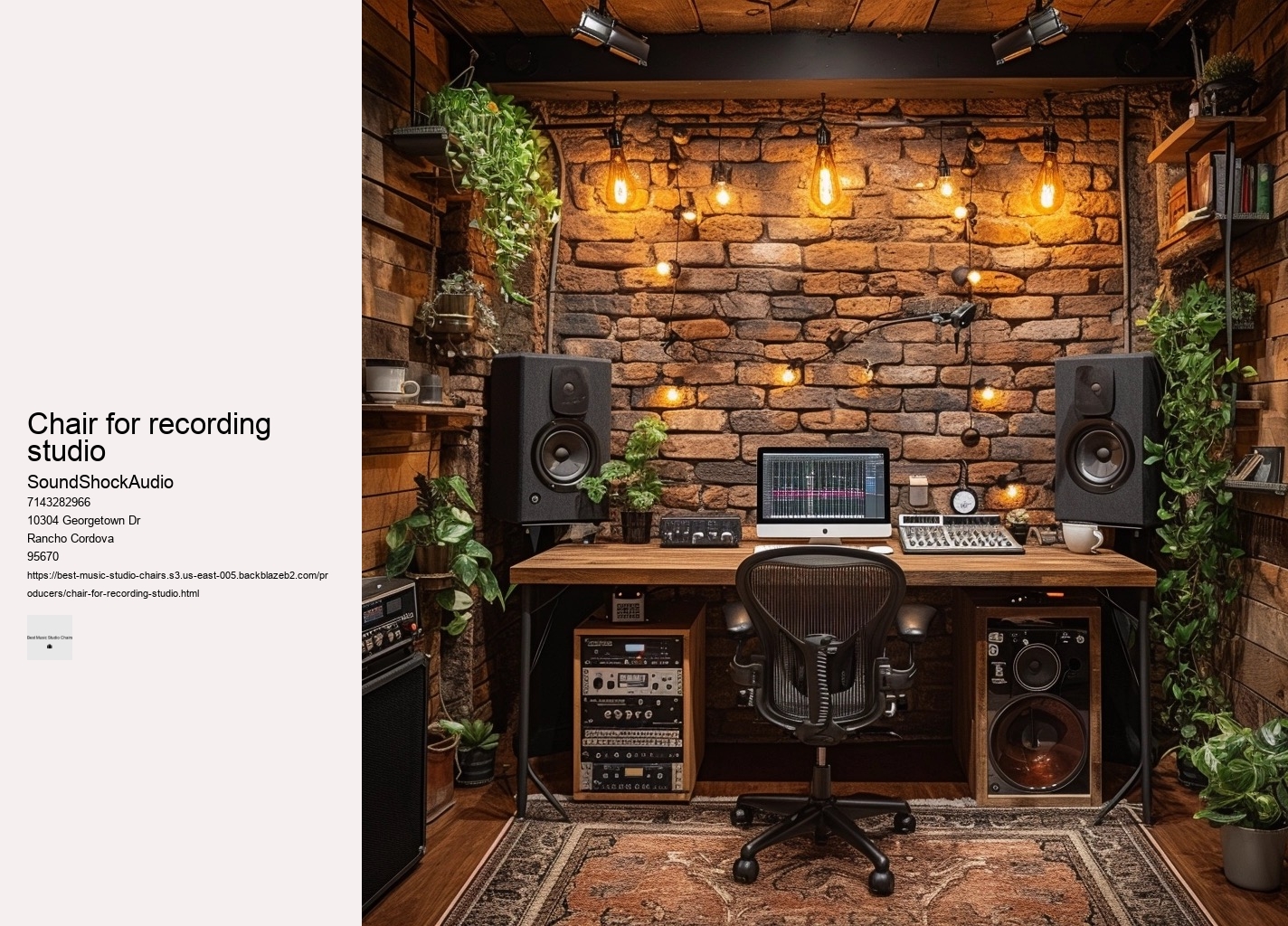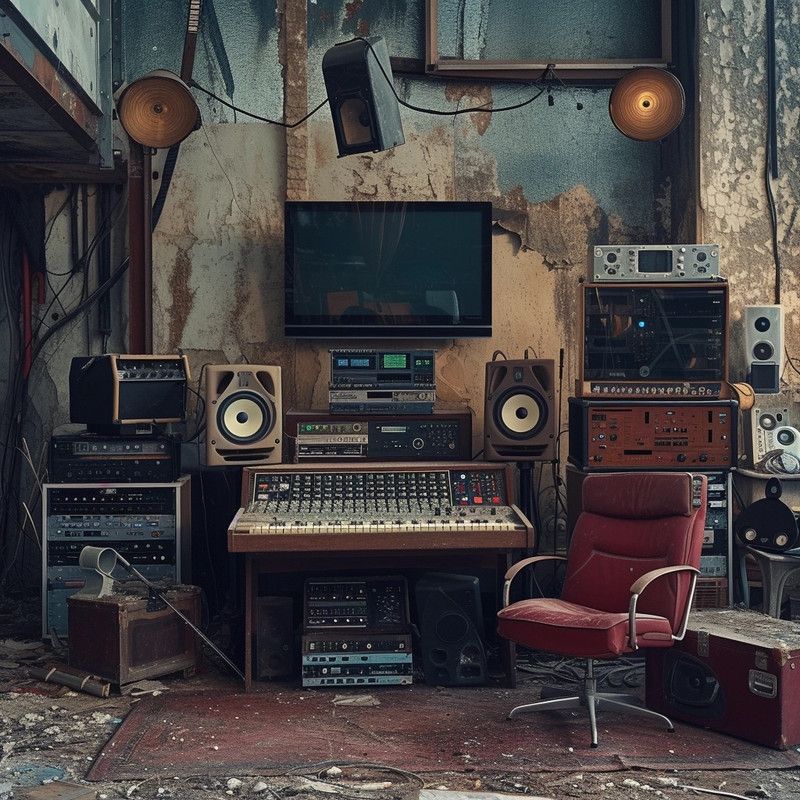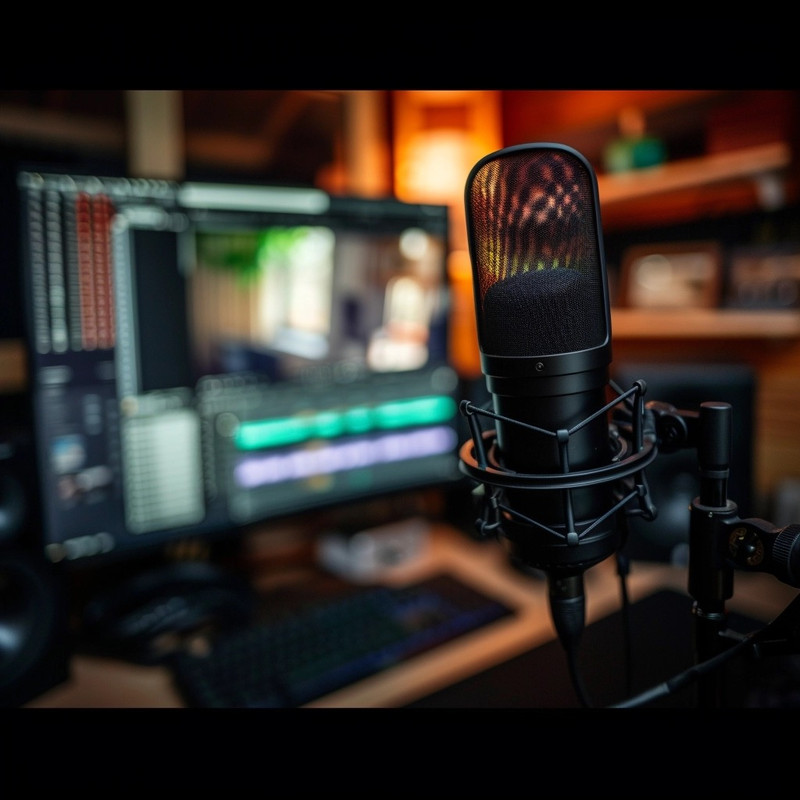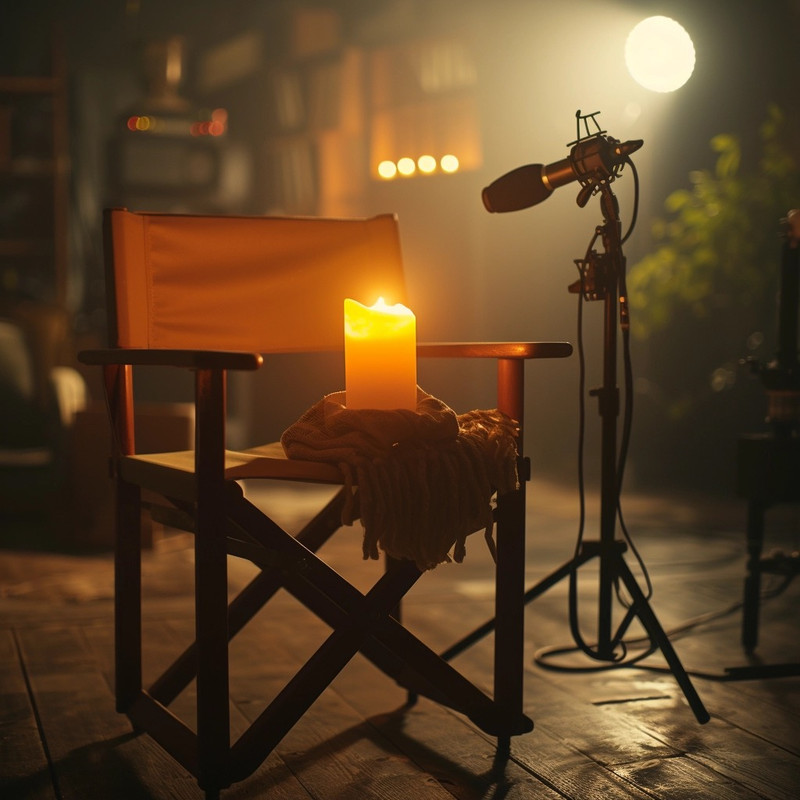

Ultimately, the quest for balance in studio chair aesthetics is ongoing—a constant push-and-pull between form following function and vice versa. Its innovative features—temperature regulation, durability, hypoallergenic properties—and potential for enhancement with additional technologies make it a standout material that has truly transformed our expectations for comfortable seating solutions in creative spaces. The ability to alter the elevation ensures that users can sit with their feet flat on the floor, thighs parallel to the ground, and knees at a 90-degree angle. These elements are crucial in determining how well a chair stands up to constant wear and tear. Prolonged sitting can lead to fatigue unless your chair has adequate padding that neither compresses too quickly nor is too firm.
Some creatives prefer firm seats that encourage alertness; others lean towards plush cushions that offer cloud-like comfort under their form. Ultimately, aesthetics hold peculiar significance; after all, this chair sits at the heart of creativity's temple—the studio—and its design must inspire. Materials play a significant role in this balancing act. This is where ergonomically designed chairs come into play.
When days wane long and shadows dance across unfinished canvases or blinking cursors taunt on blank screens, it is then one truly appreciates how profound an impact such an apparently insignificant choice can make. Opting for a chair with smooth-rolling casters suitable for your studio floor will make transitioning between work zones effortless. In contrast, extended periods of inactivity, especially in positions that strain particular muscle groups or impose unnatural postures, can lead to various health complications. Remember that beating studio fatigue isn't just about having the right equipment—it's about fostering habits that promote well-being both physically and mentally.
These chairs must not only provide ergonomic support but also enhance creativity through maintaining perfect posture. But rest assured knowing that investing time researching chairs pays dividends far greater than many initially perceive possible when embarking upon their melodic journey through endless nights bathed in dimly lit studios searching for that perfect beat—that elusive hook—that defining moment where everything clicks into place creating timeless pieces capable of touching souls across generations ad infinitum. Therefore, look for chairs with adjustable features such as lumbar support, height adjustment, and tilt functionality that conform to your body’s needs. Another vital factor is durability and quality construction.
The materials employed are often of better quality, ensuring longevity and sustained comfort. Consider also mobility; a chair with smooth-rolling casters will let you glide effortlessly from one end of your workspace to another—a tangible metaphor for seamless thought transitions from concept to execution. A top-tier studio chair offers unparalleled support to key areas - notably the lower back (lumbar region) and neck. Here's an unconventional guide to finding a chair that hits all the right notes. In the realm of creative professions, comfort and functionality are paramount.
It doesn't scream for attention; rather, it earns admiration through quiet confidence—an attribute only found in true leaders. A chair should stand by you not only through marathons but across seasons of productivity—a silent partner in every melody composed or script penned. Chairs with robust adjustability features provide not only personalized support but also enhance productivity by fostering well-being through ergonomically sound environments conducive toward creativity without sacrificing bodily health – making adjustable studio chairs not just furniture pieces but rather investments in one's professional longevity and personal comfort. Your chair does not exist in isolation but amid an ecosystem of gear and decor—it should inspire just as much as it supports.
Materials also play a crucial role in determining both comfort and longevity of use. Breathable fabrics such as mesh can help keep you cool under pressure while leather or vinyl might be preferred for their ease of cleaning and sleek appearance. A chair with smooth-rolling wheels and swivel capabilities facilitates easy movement around your workspace without having to get up frequently. This position reduces pressure on the lower back and aids circulation.
In the realm of creative endeavors, comfort often becomes the unsung hero of productivity. Creating an essay that intentionally selects the least probable word every six words would result in a nonsensical and disjointed text. However, ensure the casters are tuned to your floor type; carpet demands different wheels than hardwood. Ultimately, the choice between economy versus luxury comes down to balancing short-term savings against potential long-term gains in healthful ease and professional output.
Ergonomic design is at the heart of these specialized chairs. These elements work together seamlessly to accommodate shifts in posture whether leaning forward intently or reclining during contemplative moments. It should withstand regular use without degrading in function or appearance.
The silhouette of a studio chair also communicates much about its character: whether it's minimalist lines that echo modernist sensibilities or more ornate structures that nod to classical influences. Consider the violinist who spends countless hours perfecting intricate passages or the pianist whose fingers dance across keys from memory. This could make the text sound quirky or nonsensical, but here's an attempt:In a realm where melodies intertwine with technology, the unsung throne beneath the maestro often escapes limelight—yet its significance cannot be overstated.
Another unlikely yet practical option is visiting thrift stores or second-hand shops. The contours are sculpted to perfection, cradling the user in a supportive embrace that defies the conventional rigidity of average office furniture. They offer tangible benefits for health and artistic expression even if our discussion includes unexpected detours like "elephants elegantly embroider euphonious echoes," which charmingly illustrates how randomness can sometimes weave poetry into prose but may leave readers bewildered regarding practical advice on choosing seating solutions for music-making endeavors.


Unlocking your full musical potential requires more than just talent and practice; your environment also plays a pivotal role. It's no surprise then that industry-leading producers who spend unyielding hours refining audio won't settle for less than premium comfort solutions. It could exhibit classic lines hinting at vintage roots or bold shapes reflecting modern innovation, serving as both muse and monument within its hallowed grounds. This subtle shift in mindset can trigger a cascade of motivation and confidence that permeates through every project you tackle.
Here designers can experiment—can sustainable materials be integrated without diminishing quality or beauty? Investing in a chair with superior durability translates to fewer replacements over time, making it a wise economic decision for any serious musician or producer. Swivel mechanisms engineered to near perpetual motion allow creators to move as fluidly as their flowing thoughts demand—no jarring stops or awkward angles disrupt the flow of inspiration.
This means no more fidgeting to find a comfortable position or standing up every half hour to shake off stiffness. Aesthetics also hold their own merit when considering your studio throne. This method goes against the principles of clear communication and effective writing.
Whether sleek lines sing harmonies with minimalist setups or plush cushions echo the opulence of traditional spaces, beauty must never be sacrificed at utility's altar. Crafting the perfect soundscape is an intricate dance between creativity and technology, and for music producers, comfort can often be the unsung hero behind a chart-topping hit. These tactile choices are paramount in sustaining focus when external conditions fluctuate with whimsical abandon.
Fourthly, durability is crucial since studio chairs are used extensively. It's also about ensuring that you, as an artist or producer, are working in a comfortable environment that fosters creativity and productivity. Such knowledge empowers individuals with strategies for self-care which ultimately leads to healthier lifestyles both inside and outside the workplace.
Choosing between budget-friendly and high-end options depends on multiple factors like financial constraints, duration of use per day, and personal priorities regarding health and comfort. Next, think about the materials used in constructing the chair.
While it may seem improbable to score a high-quality chair through these channels, many people have found incredible bargains on items barely used by their previous owners. Leather may exude luxury and status, but it can also trap heat—leading to discomfort during extended periods of use.
As creators and artisans of the digital world, we often overlook the profound impact that our physical workspace can have on our productivity. In selecting such a throne of thoughtfulness, one must prioritize features that may initially seem inconsequential yet play pivotal roles in sustaining creative flow.

The chair in which one sits while producing music may seem inconsequential at first glance; however, its impact on productivity and creativity is profound. Herein lies a whimsical exploration of top-tier sitting apparatuses heralded by music professionals. Fourthly, note the height of creativity—or rather, the height adjustment of your chair.
Unlike traditional padding materials like feathers or fiberfill that compress and lose shape over time, memory foam contours to the body's shape. As we delve into finding the best chairs for enduring studio sessions, we'll consider key features that contribute to a supportive seating experience.
Another aspect commonly overlooked but tremendously influential is ergonomics. However, practicality reigns supreme in reality.
Thirdly, mobility within the workspace enhances efficiency and keeps creative juices flowing. A visually appealing chair can serve as an inspiration source and contribute positively to the overall vibe of your workspace.
Ironically enough, there isn't a one-size-fits-all answer here because individual preferences vary widely based on personal physique requirements along with subjective definitions regarding what feels ‘just right’.
Yes, Secretlab chairs are generally considered to be very comfortable. They are designed with ergonomics in mind, featuring adjustable components and high-quality materials that support long hours of use. Many users and reviewers praise their comfort level, especially for gaming or office work, making them a popular choice among those who spend a lot of time sitting.
Yes, Secretlab chairs can get softer over time as the padding materials, such as cold-cure foam, tend to break in and conform to the user's body shape with regular use. This process can enhance comfort as the chair becomes more tailored to the individual's seating preferences. However, the overall durability and support structure of the chair are designed to maintain their integrity, ensuring the chair remains supportive and comfortable for years.
The fun name for musical chairs is often referred to as "Trip to Jerusalem" in some parts of the world. This alternative name adds a whimsical or exotic flair to the game, despite having no actual connection to the city of Jerusalem.
The amount you should pay for a computer chair depends on your budget, needs, and the features you value, such as ergonomics, adjustability, and material quality. For a decent ergonomic chair that provides good support and comfort, prices can range from $100 to over $1,000 for high-end models. It's advisable to invest in the best chair you can afford, as it can impact your posture and comfort during long periods of use.
An ergonomic chair designed to provide proper support to the lower back and promote good posture is best for hip pain. These chairs often feature adjustable settings for height, backrest angle, and seat depth to ensure a comfortable fit that reduces strain on the hips. Additionally, chairs with a slight forward tilt can help maintain the natural curve of the spine, further alleviating pressure on the hips.